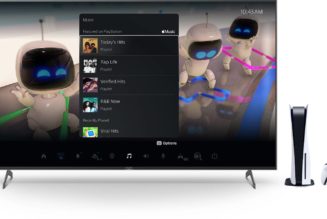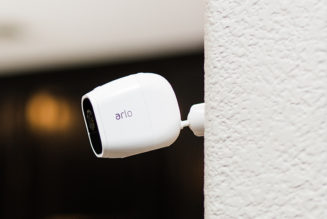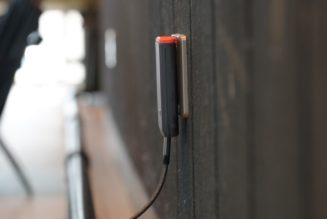While the Venu 3 series ticks off a lot of the right boxes, it’s a little pricey considering the competition. But at least you’ll finally get credit for your naps.
Photography by Amelia Holowaty Krales
You can expect three things from a Garmin: long battery life, durability, and more fitness data than is strictly necessary. All that is true of the $449.99 Venu 3S. But compared to the company’s beefy multisport watches this is, technically speaking, Garmin’s most smartwatch-like watch.
That’s not a high bar to clear, but there’s a lot to like here. There are new heart rate sensors which support EKG readings for atrial fibrillation detection. Garmin has also added a more advanced sleep coach and, finally, nap detection. On the wellness front, it includes audio meditation sessions. And like the Venu 2 Plus, it also has a mic and speaker so you can use your phone’s voice assistant. The Venu 3 series is also the first to introduce a wheelchair mode. There are several design tweaks and some more premium features that have trickled down to the Venu 3 series — all of which add up to a better overall experience from its predecessors.
If this were about $100 cheaper, I’d say Garmin’s rivals (cough Fitbit cough) should be nervous. As it stands, I’m having a hard time getting over the price — even if it checks off a lot of the right boxes.
Long lasting, sporty chic
A few years back, every Garmin leaned heavily on rugged, chunky design sensibilities and black or neon colors. The few chic options available were exorbitantly priced with a so-so feature set. So I’m pleased that the Venu 3 series is a nice mix of affordability, fun styling, and comfort.
The Venu 3 series comes in two sizes: the 41mm Venu 3S and the 45mm Venu 3. I’ve got smaller wrists, so I opted for the 3S. My review unit has a gold stainless steel bezel with a pinkish-purple case and strap. It’s fresh and fun without being too garish. Sometimes with more colorful watches, you have to make a tradeoff for more formal events. You don’t really have to do that here. I was able to wear this to some business events, and there are more muted color options that still have a fashionable flair. The 1.2-inch OLED display is crisp, and you have a decent selection of watchfaces and complications to choose from.
The 3S is also slim and comfy to wear, measuring 12mm thick and weighing 40g with the strap. I tested this watch throughout the fall and had zero issues with the case catching on my various jacket sleeves. I never had the urge to rip it off in the middle of the night either.
This isn’t the hardiest Garmin, but that’s fine as it’s clearly aimed at more casual-to-intermediate users. I’m not particularly gentle with my devices and this thing survived multiple bouts against my kitten’s fangs. I wouldn’t recommend it if you’re partaking in extreme sports or prone to whacking your devices against door jambs, but you’re fine for everyday workouts.


Battery life was also on par with what I expected. The 3S gets nine to 10 days on a single charge the always-on display disabled. With it on, that’ll drop to around four to six days, depending on your usage. (I generally do 30 to 60 minutes of daily GPS activity on the highest GNSS settings when testing, with all notifications enabled.)
More wellness than smarts
Garmin watches are good, but they’re more similar to Fitbits than the Apple Watch and Samsung Galaxy Watch when it comes to smarts. They’re fitness trackers that have some smart features, and the Venu 3S has more than most Garmins.
The main thing that makes the Venu 3 series smart is the ability to take calls from the wrist and interact with your phone’s voice assistant over Bluetooth. This was introduced on the Venu 2 Plus a few years back, but it’s still not something you’ll find in Garmin’s product lineup outside these three watches. It all works well. Calls sound clear, and it comes in handy even if the watch itself doesn’t have LTE. I also think it’s the right move for a platform-agnostic wearable to use your phone’s voice assistant. It’s a lot more practical than Amazon Alexa, which is what Fossil watches, Fitbits, and some other budget trackers have opted for in the past.

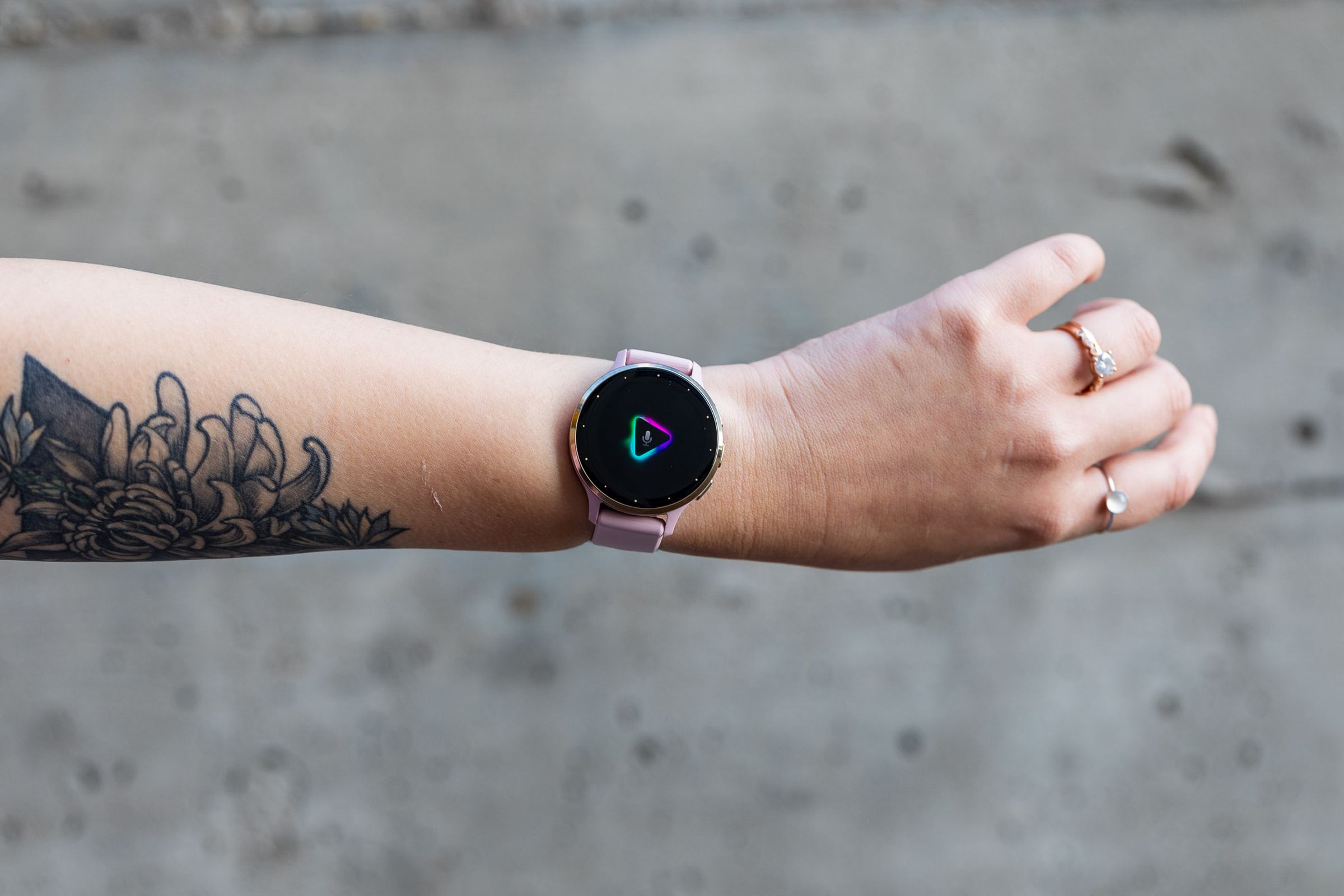
Otherwise, the smart features are fairly basic. You get the typical alarms, timers, calendar, and weather. It also supports contactless payments via Garmin Pay. But like every other Garmin watch, the third-party app ecosystem is paltry. You’ve got Spotify for offline playlists, but the Garmin Connect IQ store isn’t anywhere close to what the Apple App Store or Google Play Store has to offer. Garmin has a bunch of third-party integrations with outdoorsy apps like Strava and Komoot, but it’s not quite the same thing.
Where the watch shines is in its mix of wellness features. Particularly with regard to sleep tracking — an area where Garmin has tended to lag behind the competition.
Sleep Coach is a new feature that contextualizes your sleep data by factoring in your nightly heart rate variability (new to the Venu 3 series), age, activity history, and any naps you might have taken. That’s a big deal, since so much of Garmin’s platform centers around training and your body’s physical readiness to take on more strain. In my experience, Garmin’s so-so sleep tracking would occasionally muck up those recovery metrics — especially since before the Venu 3 series, Garmin devices couldn’t even account for your naps!

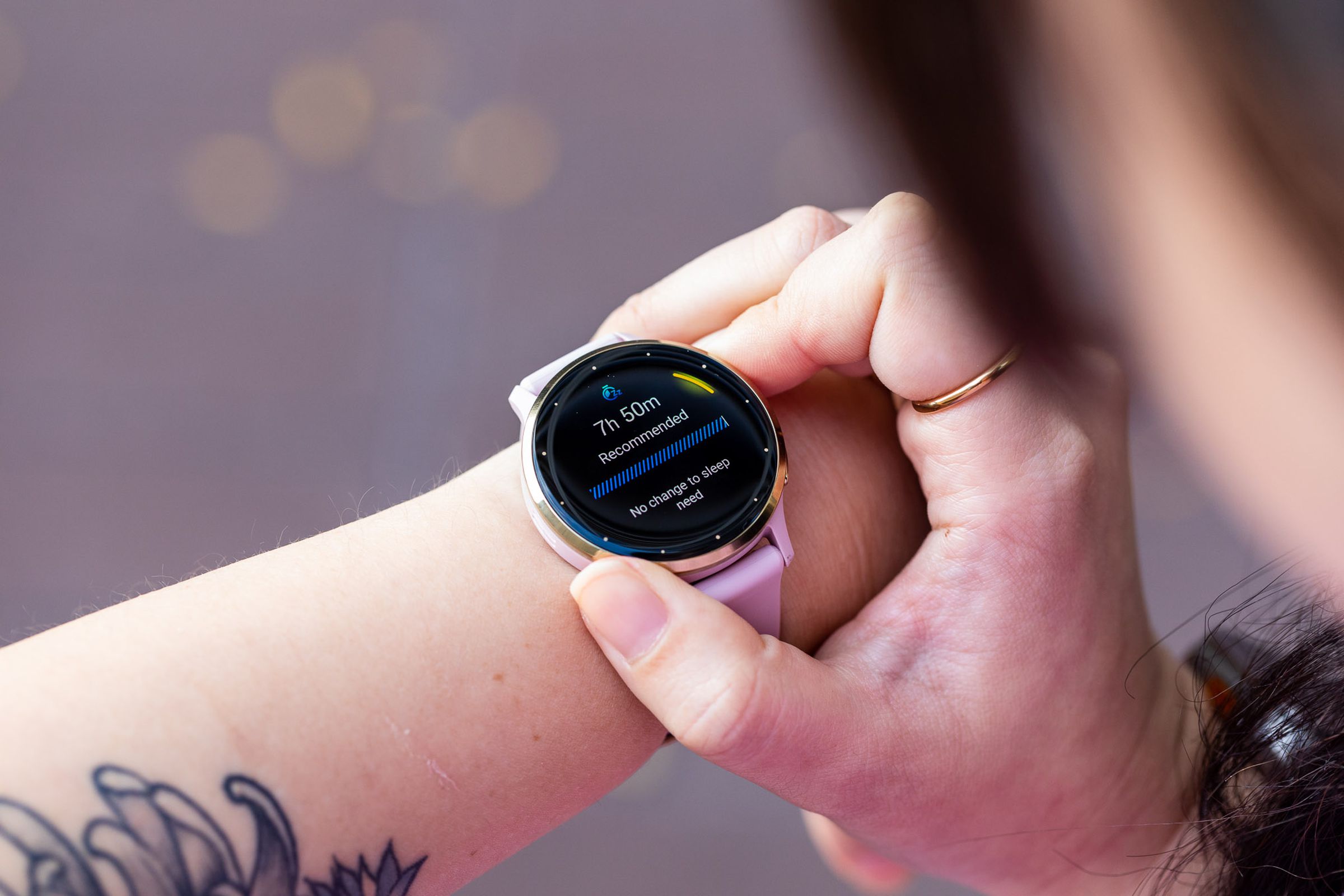
It’s baffling that Garmin had omitted nap detection for so long, so I’m glad it’s here now. I take a lot of naps during the busy tech review season, and for the most part, the 3S did a good job of catching when I snuck in some extra Zzz’s. I wouldn’t say it was perfect. There were a few times where it was a little off in terms of duration compared to my Oura Ring Gen 3. But overall, it was good enough and I felt more confident in my recovery and training load metrics.
On the wrist, you also get more detailed metrics than before. It’s not a drastic change, but it does make Garmin’s data easier to visually digest.
Outside of sleep tracking, the Venu 3 series also introduces audio guided meditation sessions. I’m generally not a fan of these kinds of features, but it’s well done. You can choose a mantra that you stick into your phone, audio tracks, and an overall theme while watching a guided visual on the wrist. It’s a good use of the OLED display and microphone. I also dig that it tracks your heart rate, respiration rate, and how that impacts your overall bodily stress. Oura and Fitbit offer similar features on their devices, and it’s nice for skeptical folks like me to see how meditation sessions impact your metrics. (That said, I’m still not likely to use this feature frequently.)

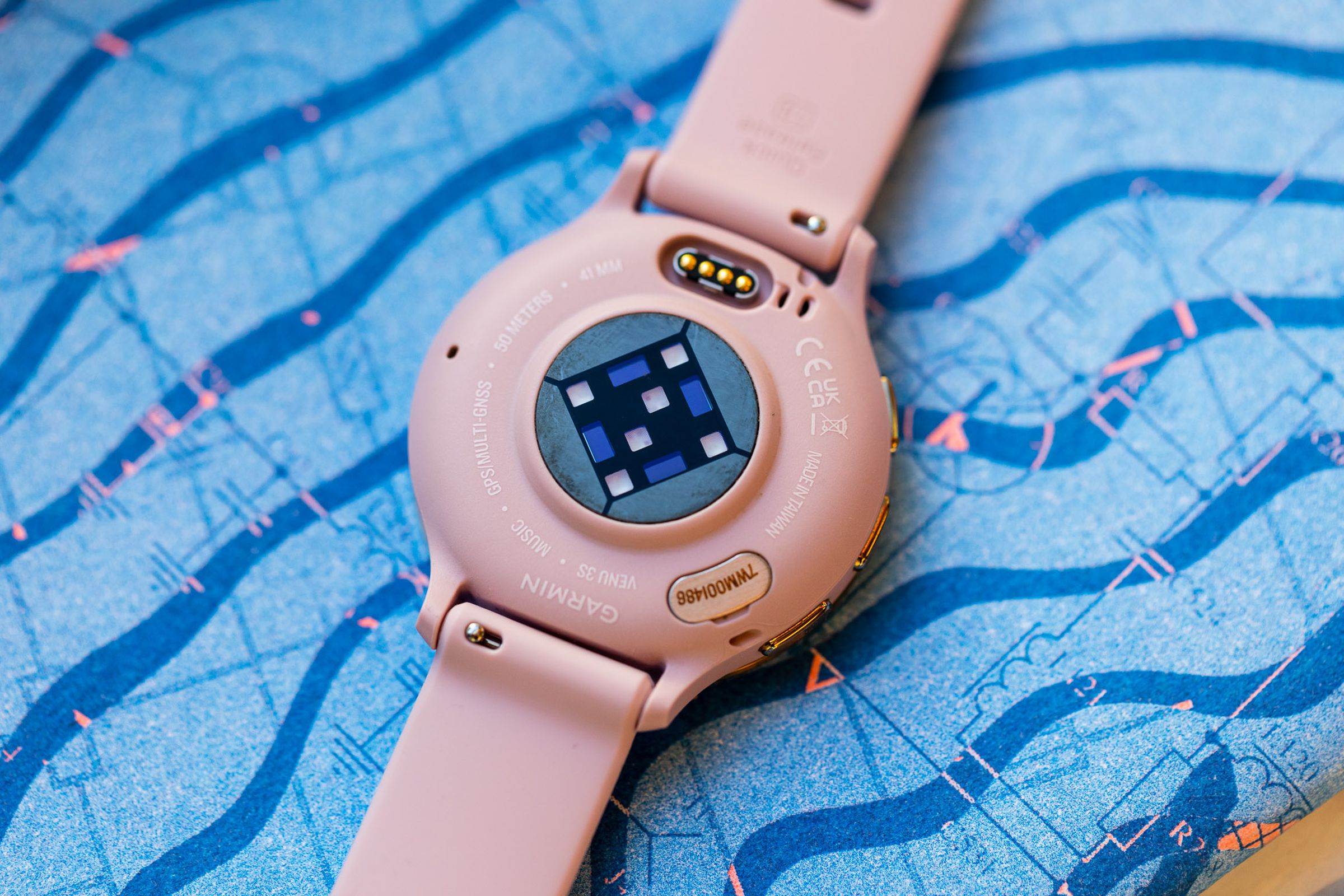
It’s also encouraging to see that Garmin recently expanded the number of devices that now support its EKG and atrial fibrillation feature. I tried it on the Venu 3S, and I was unsurprised to see that it detected no signs of AFib. That said, if you’re in good shape and have no known risk factors, this isn’t a must-have feature. As for heart rate accuracy, I found that it was accurate to within about 5 bpm of my Polar H10 chest strap during workouts.
Another neat little update: the Venu 3S now supports multiple GNSS systems instead of just GPS. It’s not the more accurate dual-frequency GPS you’ll find on the Fenix 7, 7 Pro, or second-gen Epix watches, but it’s a step up. That said, I did have some wonkiness in my GPS results early on in testing where the Venu 3S was about a tenth of a mile off from my Apple Watch Ultra and phone. That’s not a huge problem for casual users or at shorter distances like a 5K or 10K. It’s more of a thing to keep in mind if you primarily run longer distances, like half marathons or marathons. For folks who prioritize GPS, I’d consider the Forerunner 265 instead as it’s the same price but comes with dual-frequency GPS.
Those are what I find to be the most meaningful updates. But I’d be remiss if I didn’t note that despite this being a lifestyle Garmin, this has a buttload of training features, too. You get Garmin Coach, which offers free and downloadable training plans for running and cycling. You get Body Battery, which is Garmin’s metric for visualizing how much energy you have on a given day. You can broadcast your HR to various gym equipment, view HR zones, get recovery time estimates, and view on-screen muscle maps for strength workouts. It’s not as expansive as the top-of-the-line Garmins, but it’s much more comprehensive than what you’ll find on a Fitbit.
A pricier Fitbit alternative
The only thing I don’t like about the Venu 3S is that it’s $450. The cellular 41mm Apple Watch Series 9 is the same price, while the LTE versions of the Google Pixel Watch 2 and 40mm Samsung Galaxy Watch 6 cost $400 and $270, respectively. The non-LTE versions of all three watches can be had for less. Meanwhile, the Venu 3S doesn’t have the capability for LTE, so its main advantages are battery life and fitness tracking. And with fitness tracking, these competing flagships deliver a good-enough experience for the casual users at whom this particular Garmin is aimed.

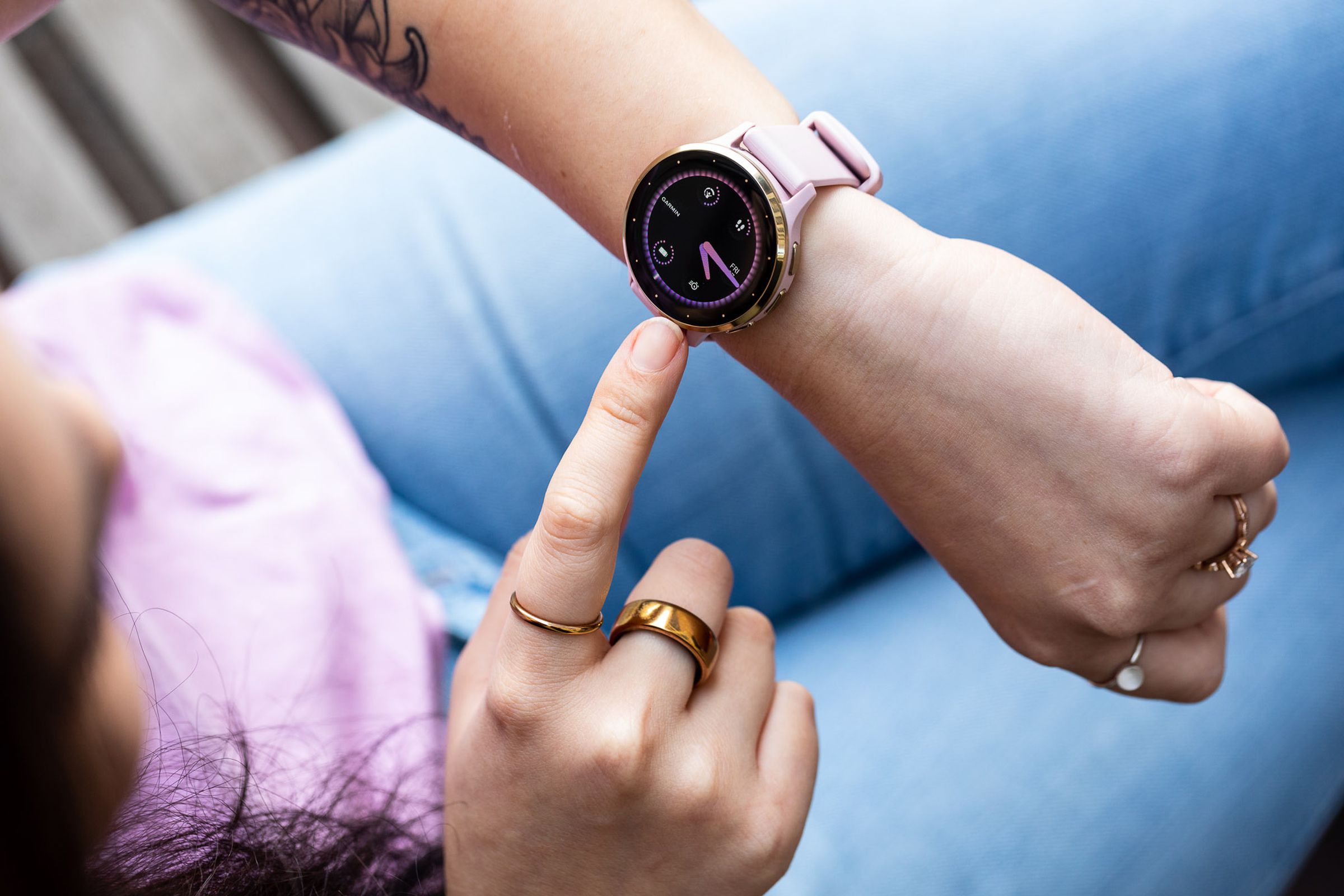
The otherwise excellent Venu 3S is also a victim of Garmin’s bloated product lineup. I’ve said it countless times, but Garmin could stand to prune its offerings so that its products aren’t competing with each other. Like I said earlier, the Forerunner 265 is a very similar product that costs the same, and there are a handful of other lifestyle Garmins that cost much less that would also appeal to potential Venu 3 users.
So who is this for? Garmins are generally a better fit for disgruntled Fitbit users. The feature set and battery life are similar, as is the overall focus on fitness over smarts. The price disparity can just be tough to swallow. The Fitbit Sense 2, for instance, is the priciest Fitbit, has a similar feature set, slightly better smarts, and you can often find it on sale for around $250. Garmin’s main advantage here is better build quality, no Google or server shenanigans, and no paywalled features.
It boils down to what type of Garmin you want to invest in. For most athletes looking for a cheaper Garmin, the Forerunner watches are likely a better use of your money. This is for the Garmin users who want an itty bitty bit more smart functionality from their device — and don’t mind paying a premium for it.





